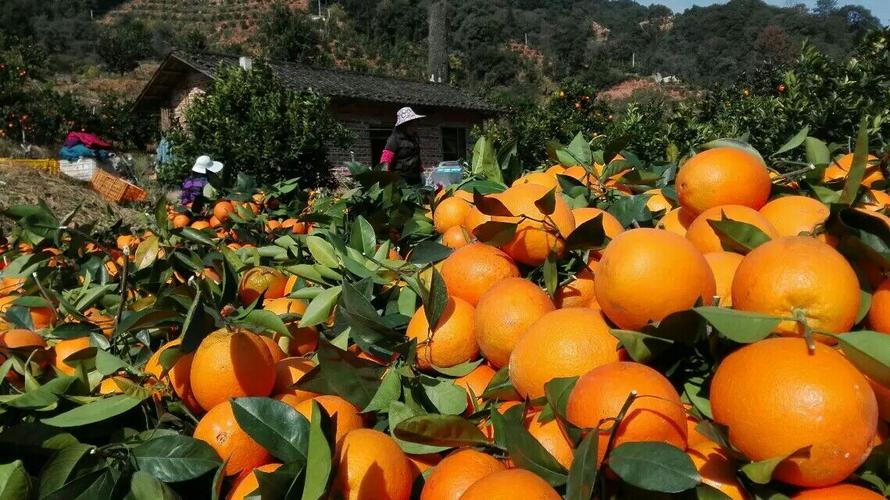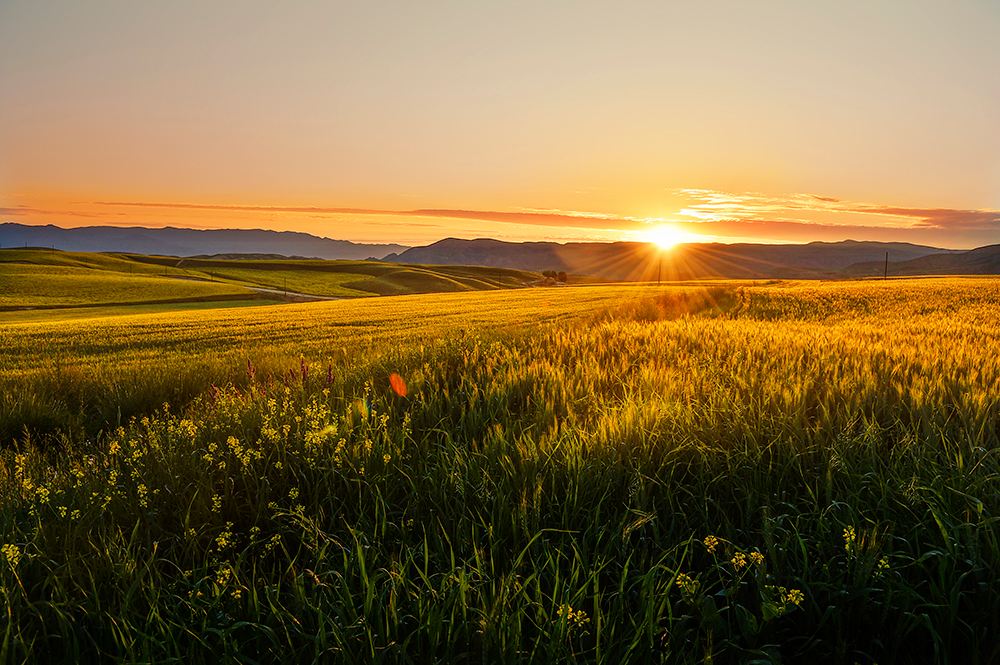
The Grove Where Stories Grow: A Navel Orange Farm, Rooted in Love and Lettuce Scraps
There’s a spot at the back of our farm, tucked between the oldest orange trees, where my grandmother buried a jar of coffee grounds and lettuce scraps sixty years ago. “For the soil,” she’d say, patting the earth. “Feed it, and it’ll feed you.” Today, that jar is long gone, but its spirit lives on—in the dark, crumbly soil that smells like rain, in the bees that hum like tiny musicians, and in every navel orange that hangs heavy on our branches. This isn’t just a grove. It’s a living archive, and we’re the keepers.
Grandma’s Jar: The First Lesson in Giving Back
Grandma wasn’t a farmer by trade. She was a teacher, a seamstress, and a woman who believed in reciprocity. When she and Grandpa bought this land in ’60—a patch of sun-baked dirt with a few scraggly wild oranges—they didn’t rush to plant. They started small: composting kitchen scraps (coffee grounds, onion peels, even wilted lettuce), hauling buckets of river silt to enrich the soil, and planting clover to fix nitrogen. “The land gives us oranges,” she’d say, wiping dirt from her apron. “We give it our leftovers. It’s only fair.”
That ethos still rules here. We don’t use synthetic fertilizers. We rely on compost from our kitchen, fallen leaves, and the occasional bag of spent grain from the local brewery. We plant cover crops—rye, vetch—to keep the soil soft and alive. And we let the chickens roam free in winter, their scratching aerating the earth while they peck at weeds. “It’s a garden,” Grandma would laugh, “not a factory.”
A Day in the Groove: Slow, Sweet, and Steady
Life here follows the sun’s rhythm.
Dawn is for listening. I walk the rows, boots sinking into dewy grass, checking each tree’s mood. Are the leaves shiny? Happy. Droopy? Thirsty. I carry a spray bottle of neem oil—only for aphids, never as a blanket fix. The bees are already busy, drunk on pollen, their legs dusted gold. I step carefully, avoiding their clusters. “They’re working,” I mutter. “We’re just visitors.”
Noon is for harvest. We move like shadows, baskets slung over shoulders, hands cupped to cradle each orange. Miguel, who’s picked here since he was sixteen, can tell a ripe one by its “give”—soft, but not squishy. “Like testing a ripe mango,” he says, grinning. “You get a feel for it.” We set them gently in crates, not stacked. Bruises taste bitter, and we don’t do bitter.
Evening is for sorting. We don’t grade by perfection. A nicked orange goes to the senior center, where Mrs. Alvarez uses them to make marmalade: “The scars add depth!” A lopsided one? To the elementary school, where kids paint them and call them “citrus canvases.” And the tiniest, most misshapen? Left for the rabbits, who nibble them down to stems, leaving behind little piles of fur and gratitude.
Imperfection: The Best Kind of Perfect
Last spring, a hailstorm pockmarked half our crop—dents, scratches, even a few with holes chewed by robins. We stood in the grove, staring at the damage, until my daughter, Lila, age 9, piped up: “These are brave oranges. They fought the storm!”
Brave, indeed. Now, we call them “storm oranges.” They go to the fire station, where firefighters display them in the break room: “Proof that even ugly fruit can be heroes.” They go to the art co-op, where painters use them as models: “Nature’s abstract art.” And some? We eat them ourselves, savoring the extra sweetness that comes from surviving.
What You’ll Taste: Sunlight, Soil, and Someone Who Cares
Bite into one of our oranges, and you’ll taste it first: a bright, tangy zing—like licking a lemon drop, but warmer, softer. Then, the sweetness unfolds, slow and rich, like honey steeped in summer. The juice runs, thick and golden, not watery. Peel it, and the skin comes away cleanly, leaving no bitter pith—just a faint, citrusy scent that lingers, like a memory of Grandma’s kitchen.
But it’s more than taste. It’s the feel of the sun on your neck as you pick. It’s the sound of Miguel humming. It’s Lila’s laughter as she chases a butterfly. It’s the soil, fed by coffee grounds and lettuce scraps, giving back its best.
Come, Taste the Story
If you’re ever nearby, pull up a stool under the old oak. We’ll pour sweet tea, hand you a basket, and let you pick. I’ll show you the spot where Grandma buried her jar—now a thriving patch of wildflowers. Miguel will teach you to test ripeness by smell: “If it smells like sunshine, it’s ready.” And Lila? She’ll insist you try a “storm orange.” “It’s the best kind,” she’ll say, grinning.
Article link:https://www.vlefooena.com/the-grove-where-stories-grow-a-navel-orange-farm-rooted-in-love-and-lettuce-scraps

No reply content